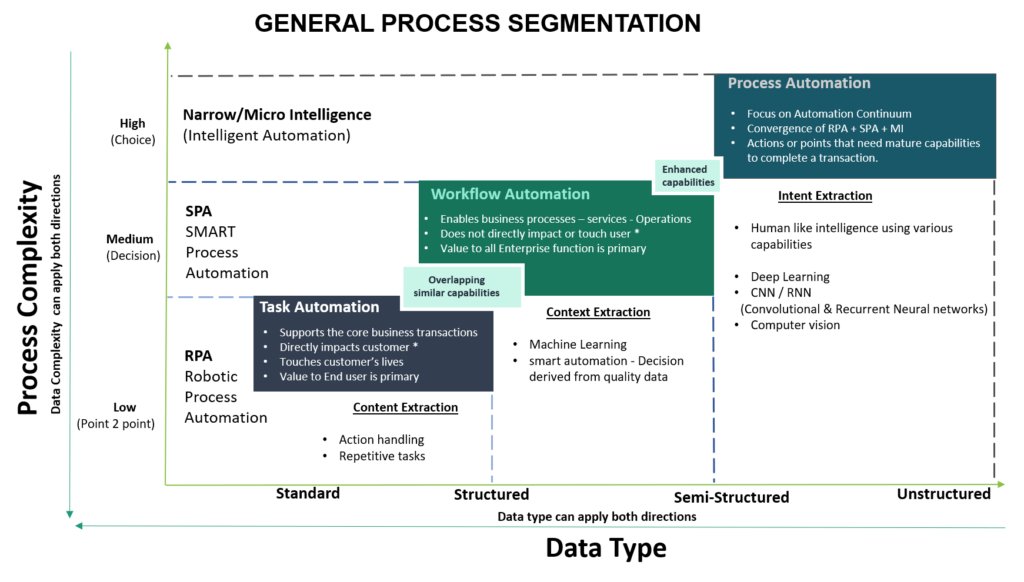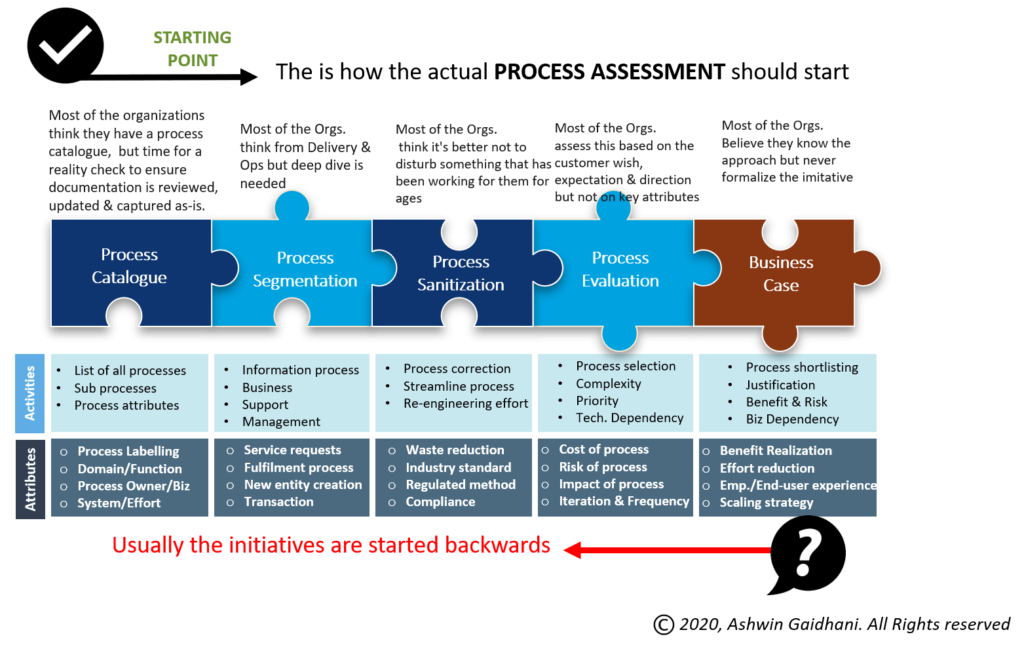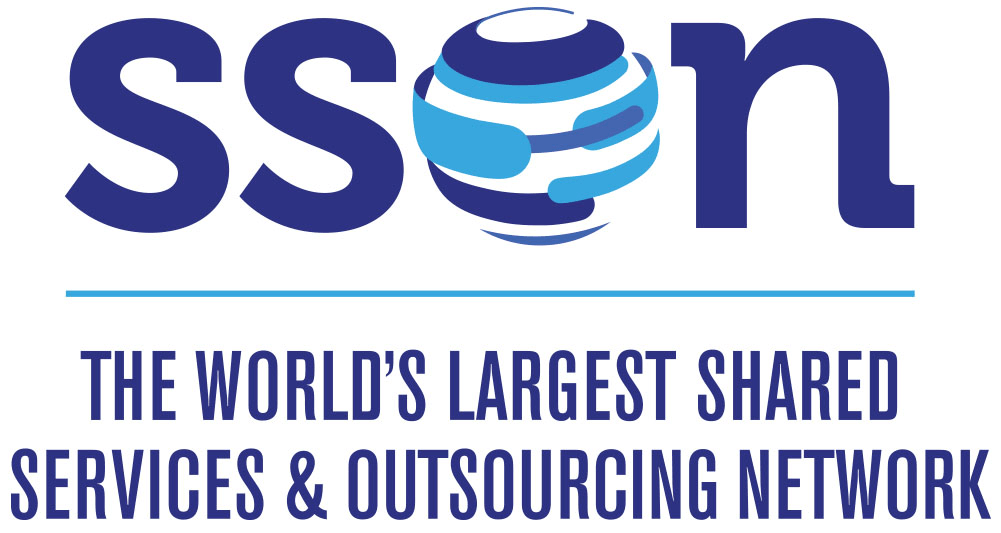
A Perspective on Retrospective Automation
This article is published on SSON
We all have perceived our conventional business challenges and built a framework that addresses and suits the corresponding environment. Hence there is no stone-carved way to accommodate and proliferate the methods of compiling a use-case solution. Process segmentation is an effortless way to categorize the dexterity of work as per the consistency of data from the source, standardized data format, and actions expected on data (decision/judgment).

A simplified approach is to segment the industry by the nature of transactions as the source & target are numerous that change the affiliation based on industry, role, and services. These transactions are catering to B2B, B2C, B2E, G2C, and all possible permutations, and this gets complex when you add another layer of Government, citizens, customers, business, and Employees. Having said this, we have created functions and relative processes that operate to accomplish a purpose, which is categorized into the following processes :
Business processes certainly touch end-user or customer, which always deals with corresponding data, query, and experience, respectively. Most of the tasks executed are very homogenous, standard, and universal, perfect qualifiers for automation. Having said this, the real value extended here will be for the end-user by sharing convenience and comfort.
Support processes are the one that enables business processes by empowering the resources in the respective domain (IT, employee functions) to support businesses. Commonly called service lines also undertake the activities to solve issues, initiate and complete workflows, troubleshoot, and resolve queries.
Management process is recalled when intelligence is needed out of heaps of data and connect the dots to read unbiased facts, sense unspoken and unmapped trends, Service quality, reshaping service delivery ecosystem, studying the emotions of man, machines (infrastructure), and markets (sales), which needs intricate and elevated set of capabilities (AI/ML/DS) components.
*The intelligence and complexity will creep in at every process segment in its exclusivity.
Place holder before you being Automation evaluation
AI – Automation – Analytics can/will be needed at every process stage to address the process continuum but will need patience, skill, and plan to infuse into your ecosystem.
When we associate automation with the process, There is a very less possibility that RPA could automate the entire process.
- It is just going to automate a micro process, or a process attribute (work instruction Task, Action)
- we have to very carefully build a structure to improve automation efficiency and effectiveness.
- Very useful KPI to measure this automation for business can be: IN PROCESS AUTOMATION INDEX

This can be a prudent and elementary approach to start evaluating and/or designing the strategy to begin value realization on a digital platform that holds all other capabilities (AI), tools (RPA), Science (Analytics), cloud (Technology), and systems. All the above processes are an integral part of every service, product, and solution offering entity. The nature of the process changes based on the industry or function, but all the above process coexists in the same organizational ecosystem. A digital transformation initiative is an act where every evolving and transforming technological unit has a part to play, which in new words can be named Unified Digital Choreography (as I call it).
There is an abundance of logic, experience, and road map to the implementation of a successful digital transformation. Just that, we have many concepts and methods, and all are correct. The only measure to claim victory is the actual benefit which will extend over a period of time.




Leave a Reply
You must be logged in to post a comment.